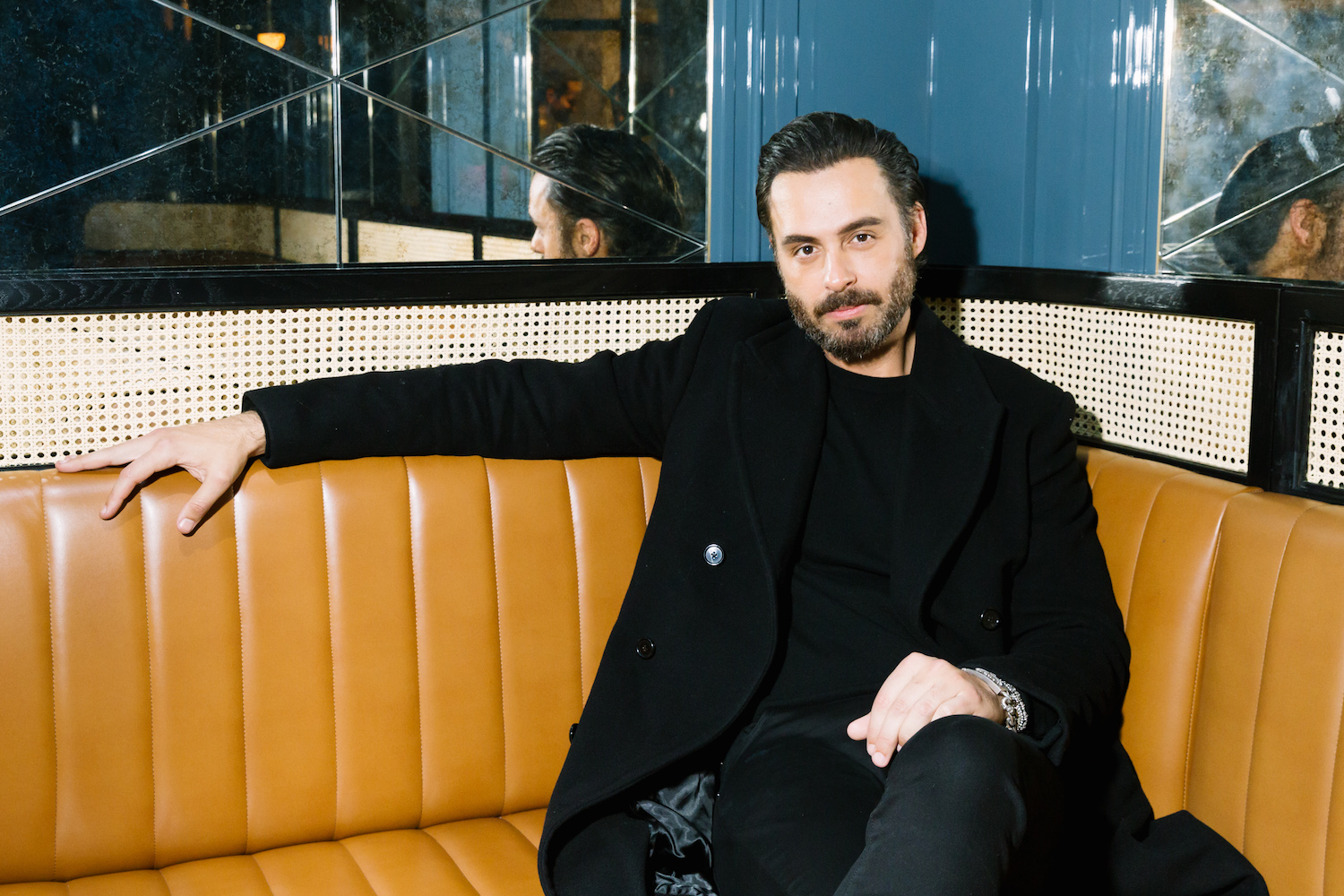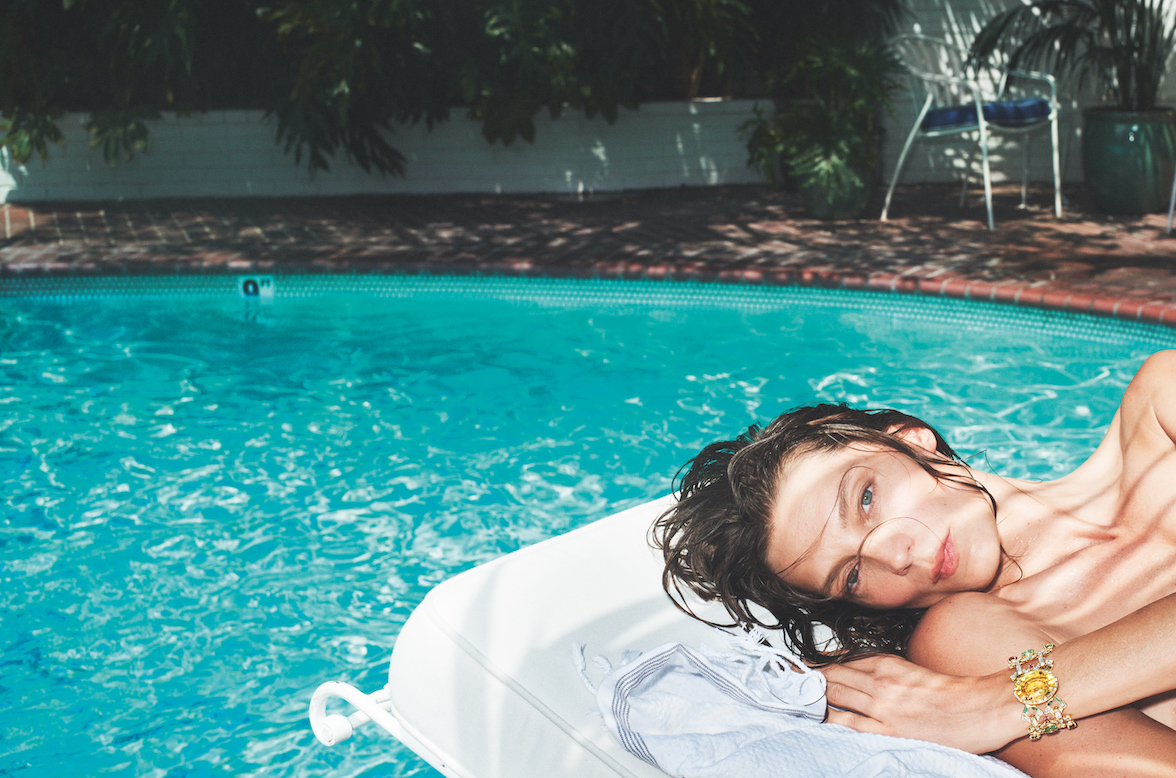In February, the first edition of the 1-54 Contemporary African Art Fair at La Mamounia and the grand opening of the Museum of African Contemporary Art Al Maaden (MACAAL) took place in Marrakesh.
Present at both events were the colorful and striking portraits by New York-based Moroccan artist Walid Layadi-Marfouk.
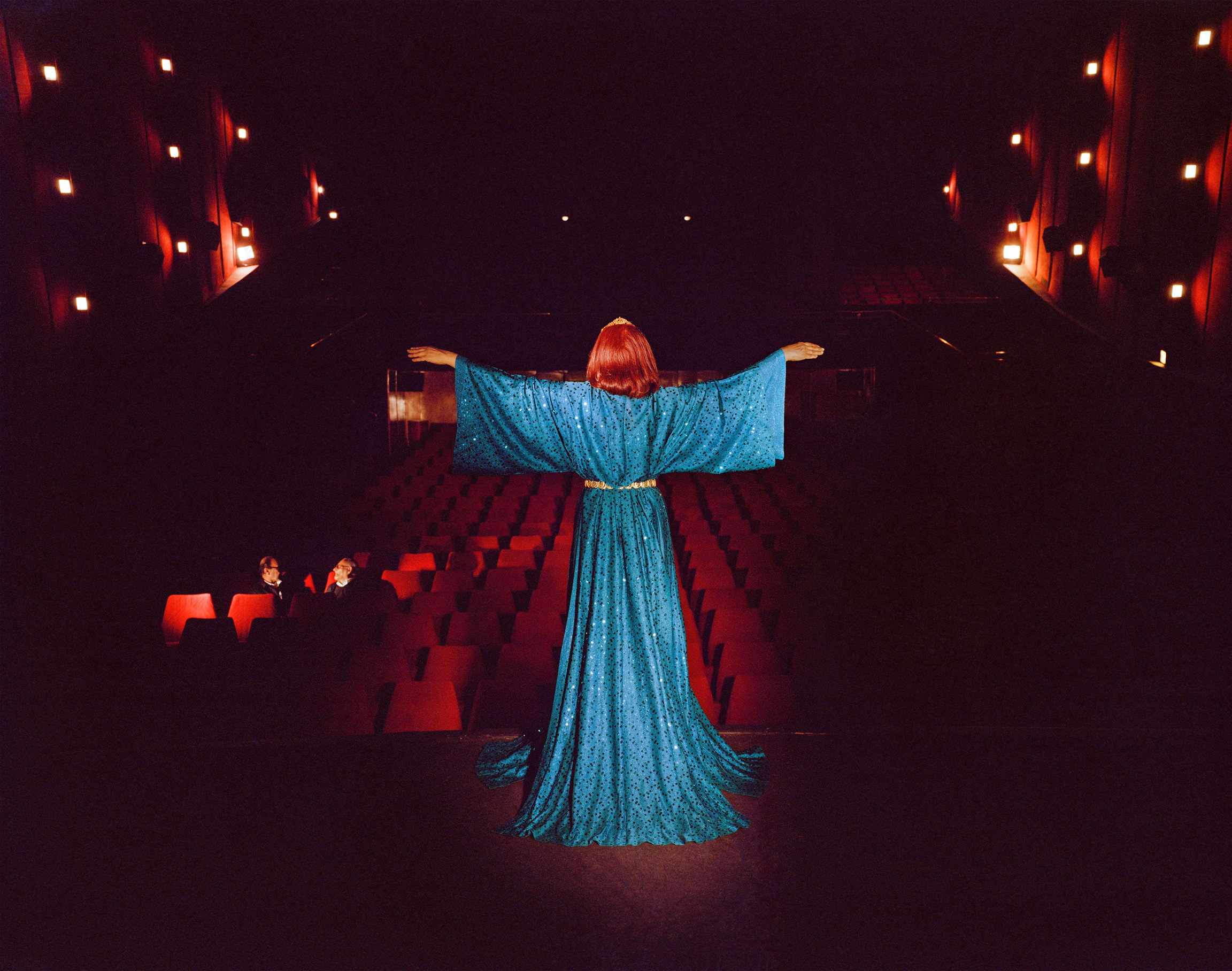
Walid Layadi-Marfouk, Haya Jat (Starifixion), 2017, courtesy of the artist.
Whitewall spoke with Layadi-Marfouk about his innovative practice.
WHITEWALL: How did you first approach this group of portraits?
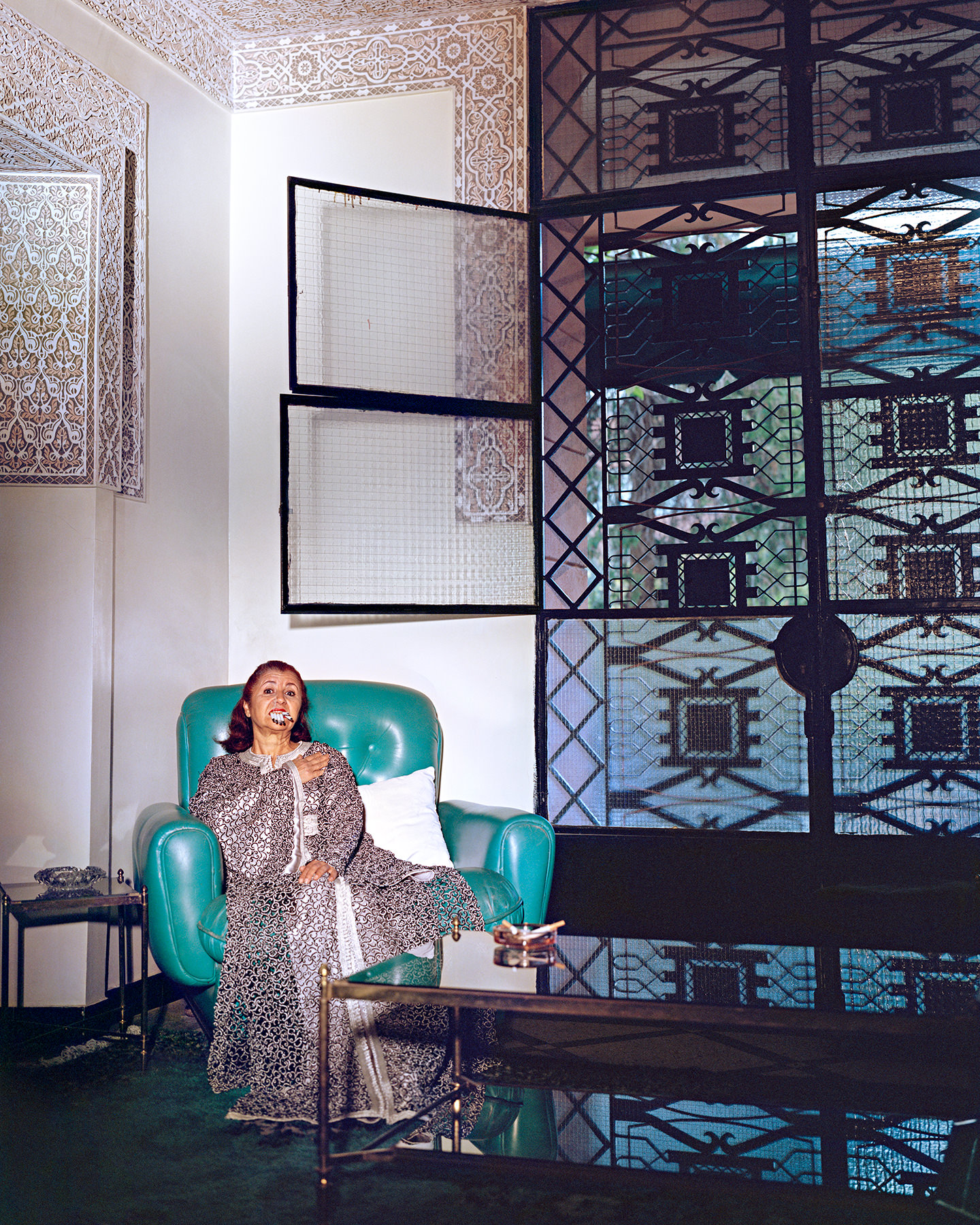
Walid Layadi-Marfouk, Garro (Cigarettes in Green Chair), 2017, courtesy of the artist.
WALID LAYADI-MARFOUK: It all began when I moved to the U.S. for college. For the first time in my life, I was confronted with an outlook on my origins that was so foreign to me, I just couldn’t understand it. I discovered all these preconceptions about what it meant to be of Islamic culture, and it felt extremely uncomfortable.
It took me a while to figure out that the issue wasn’t only one of education or misinformation, but also one of the representation. Ever since the mid ‘90s, Muslim cultures have been documented almost exclusively in contexts of violence, extremism, war, and so on. These flat, black-and-white portrayals have become so prominent that they have all but dwarfed all other aspects of Muslim cultures in Western media.
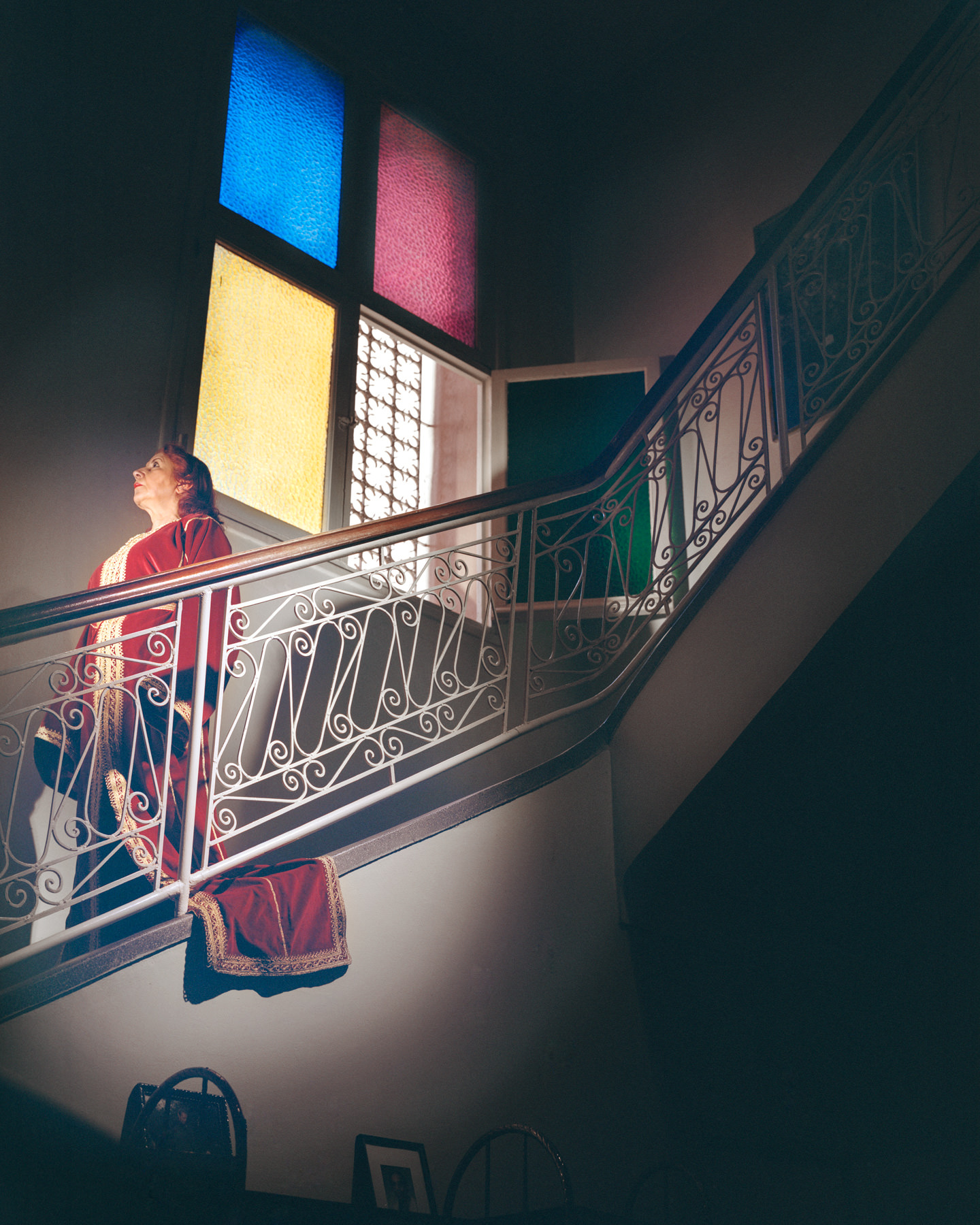
Walid Layadi-Marfouk, As-Salamu Alayki (Peace Be Upon You), 2017, courtesy of the art.
WW: Let’s talk about how you went from this realization to producing these images. What did you think your role could be in addressing this issue of representation?
WLM: Every day, as I work on my practice, I think about my own legitimacy to hold a discourse on an issue as intricate as that of the representation of entire cultures. My professor at Princeton, Rachael Ferguson, and I spent months doing a deep dive on representations of women, particularly in the Arab world.
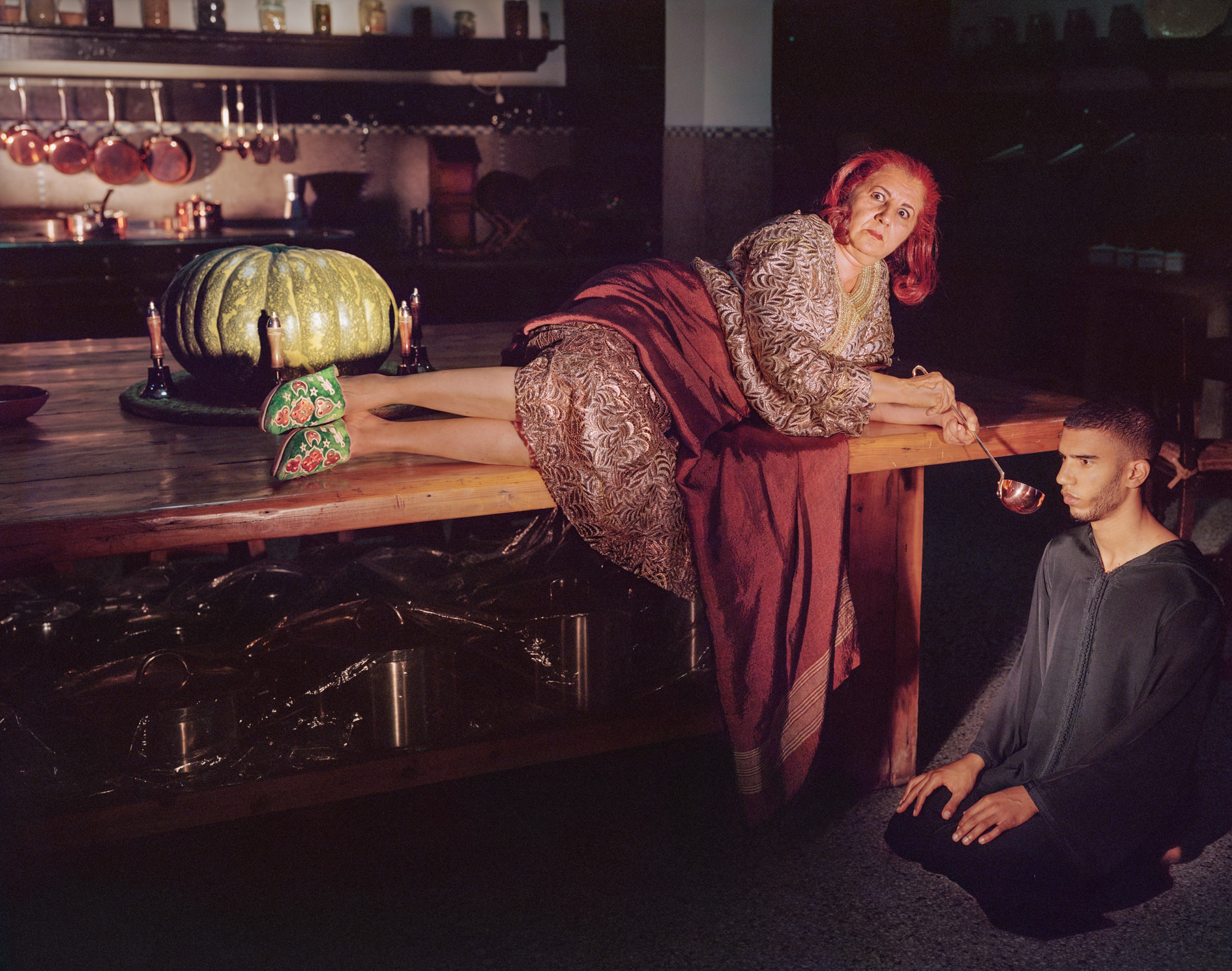
Walid Layadi-Marfouk, El Makla Dial Lweld (Nurture), 2017, courtesy of the artist.
But I am only 22! I understand that no matter how much I study and research the topic, there are many people that remain infinitely more knowledgeable than I am. The situation was too uncomfortable to stay passive though, doing nothing was not an option.
WW: Hence the exclusive focus on your family?
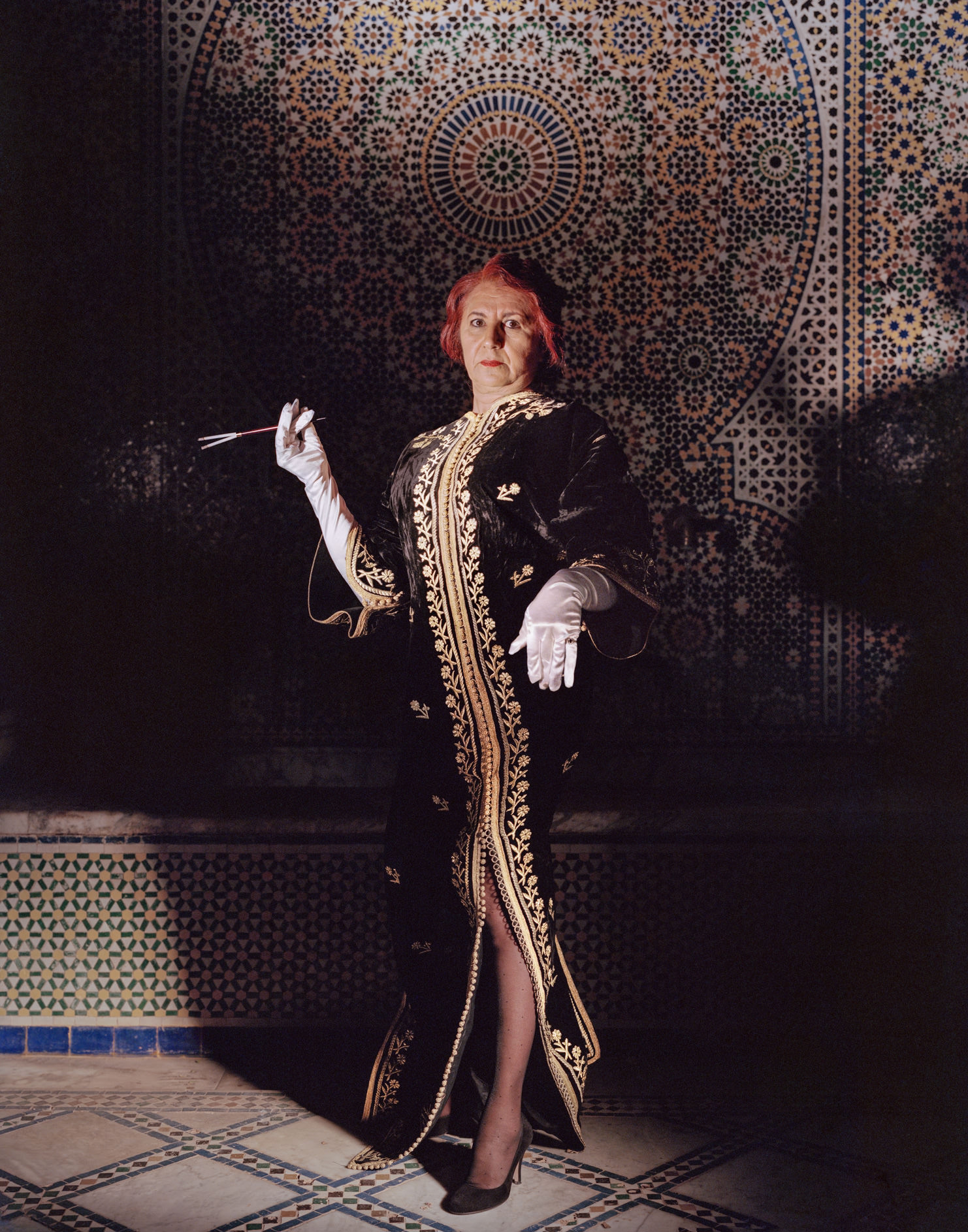
Walid Layadi-Marfouk, Nafourat Chabab (Spring of Youth), 2017, courtesy of the artist.
WLM: I decided to explore my family’s history, my own heritage, because that’s the one topic I know thoroughly! Photographing my relatives in the house of my great-grandfather in Marrakesh, where they all grew up, allowed me to develop a new, intimate visual language. The goal was to convey a sliver of Moroccan culture the way I perceived it growing up — and still do today.
WW: Why did you chose to take this on through photography?
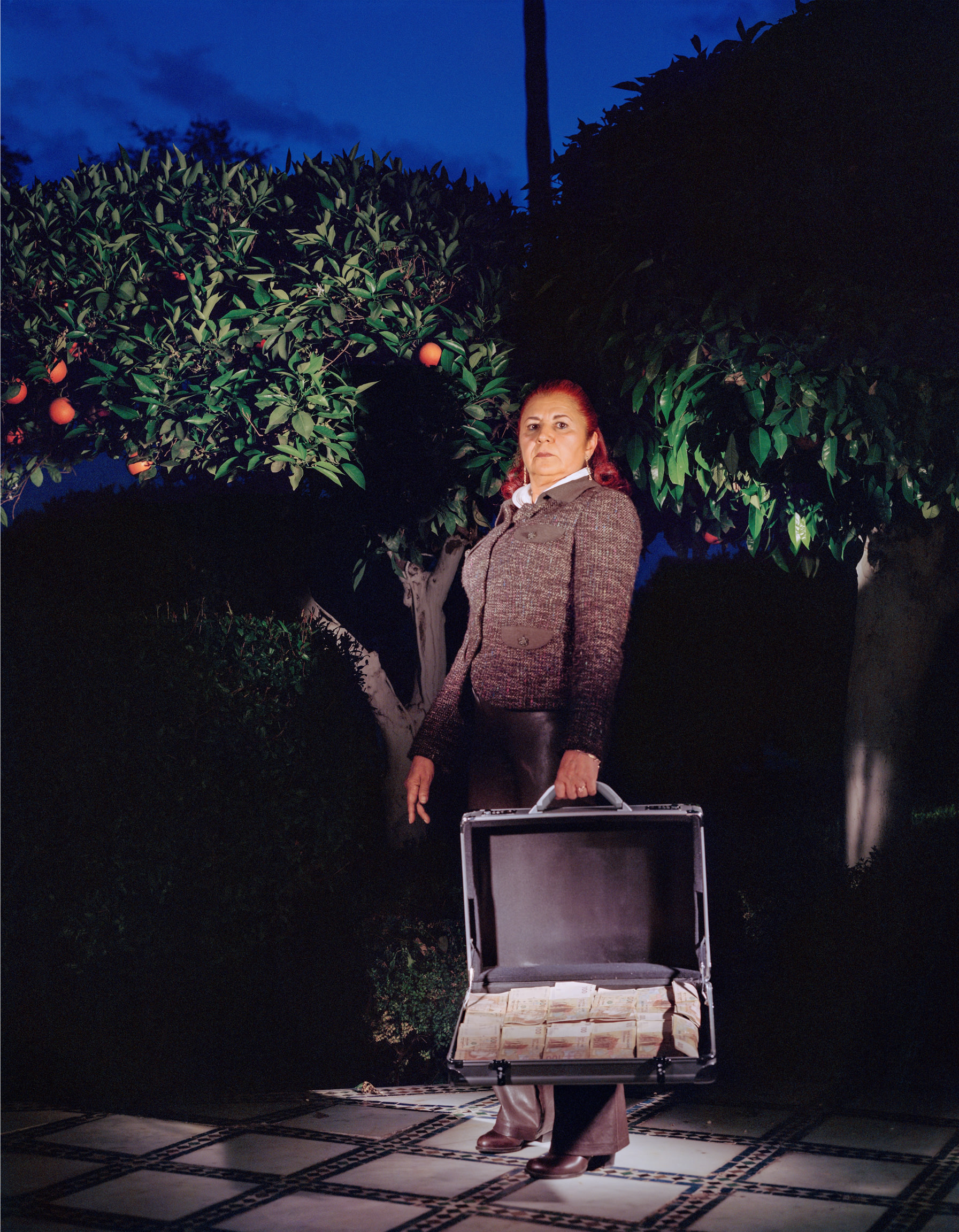
Walid Layadi-Marfouk, Falaq, Kauthar (Discourse of the Capital), 2017, courtesy of the artist.
WLM: Ask the average American or European about Islam and the first thought that pops into their mind is likely that of an unidentified dark veiled figure in a starkly deserted and sandy ruin. The issue is a visual one, and it comes biased photographical depictions, so photography was the only way to tackle it. I used images to respond to images. The fact I am a photographer was also a factor.
WW: You just showed in the first edition of the 1-54 African Art fair to take place in Marrakesh in February, and in the inaugural exhibition at the Museum of African Contemporary Art (MACAAL). Why was it important for you to show there in particular?
WLM: The 1-54 fair and the MACAAL opening in February were the first time I showed this “Riad” series in a major setting, and it was incredible to be able to do it where the photographs were taken, in Marrakesh. Both the fair and the museum joined forces to create this very special stage for African artists to be able to show their work on the continent. The idea was really for us to be ourselves and express our cultures and identities without having to explain them or apologize for anything. These platforms were all about being uncompromising in our authenticity, and I think they set the tone for how we’re all going to think about identity in the years to come—especially in the current climate…
WW: When you talk about being uncompromising and unapologetic, does that have something to do with the theatricality of your work?
WLM: Absolutely. These scenes are projections of my own intimate understanding of Morocco, and in that they fundamentally reject western orientalist and paternalist tropes. That can sometimes make the images harder to decipher for the non-oriental viewer, but that is part of the point. To be “opaque,” in the sense that Edouard Glissant theorized the right to opacity. It is a way to claim back some agency in the representation of my culture.
WW: Is the staging also a denunciation of documentary photography and photo-journalism?
WLM: Yes! Since Duchenne de Boulogne’s scientific photographs in the early 1800s we’ve forgotten that photography is not transparent. Part of the reason why the stereotypical black and white, veiled-figure-in-the-desert type of imagery has become so prominent today is because photography appears deceptively impartial and representative. But as any form of depiction, it is of course truncated and subjective.
I don’t think anyone would look at my work and think the images are candid. They are very evidently constructed and they don’t claim to supersede reality. In a way though, they say a lot more about Morocco’s culture and heritage than the usual flat black and white images that are supposed to be grounded in reality.





